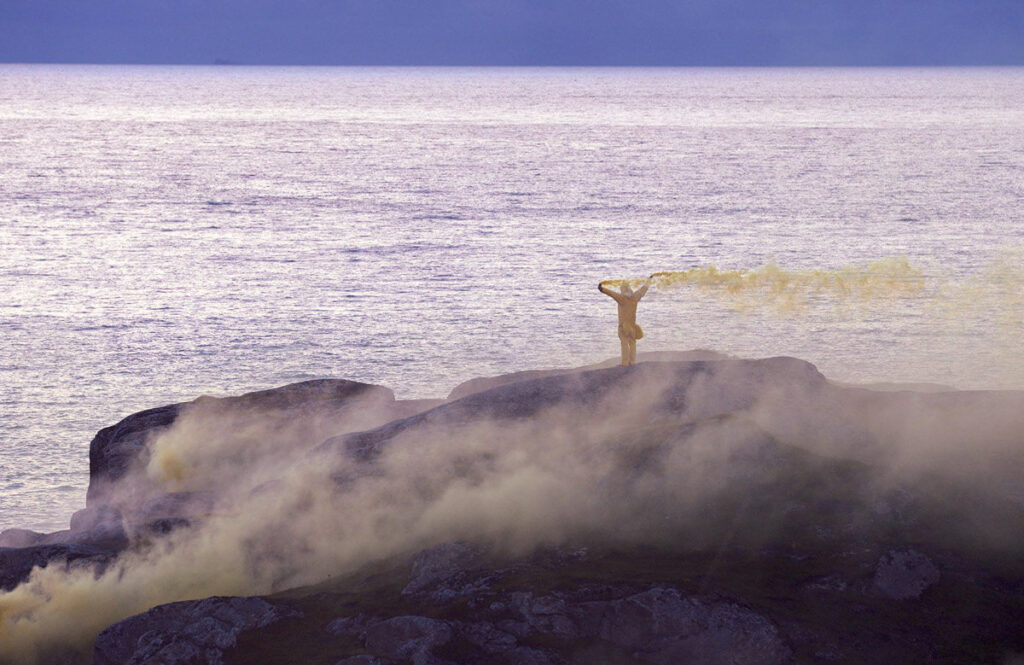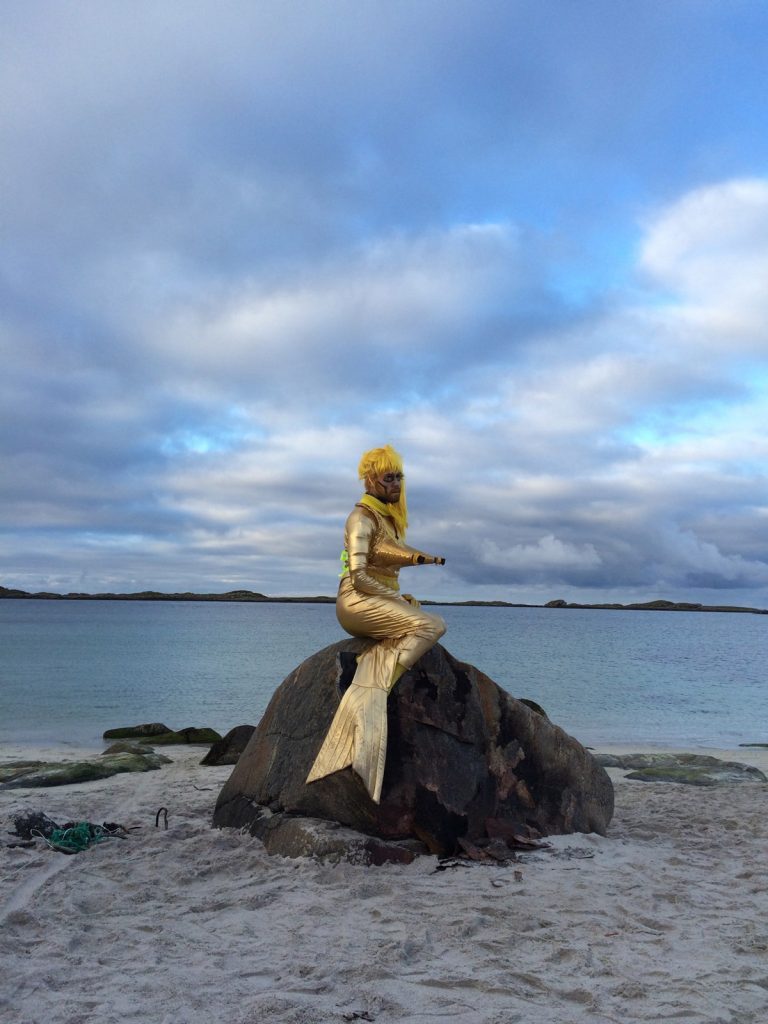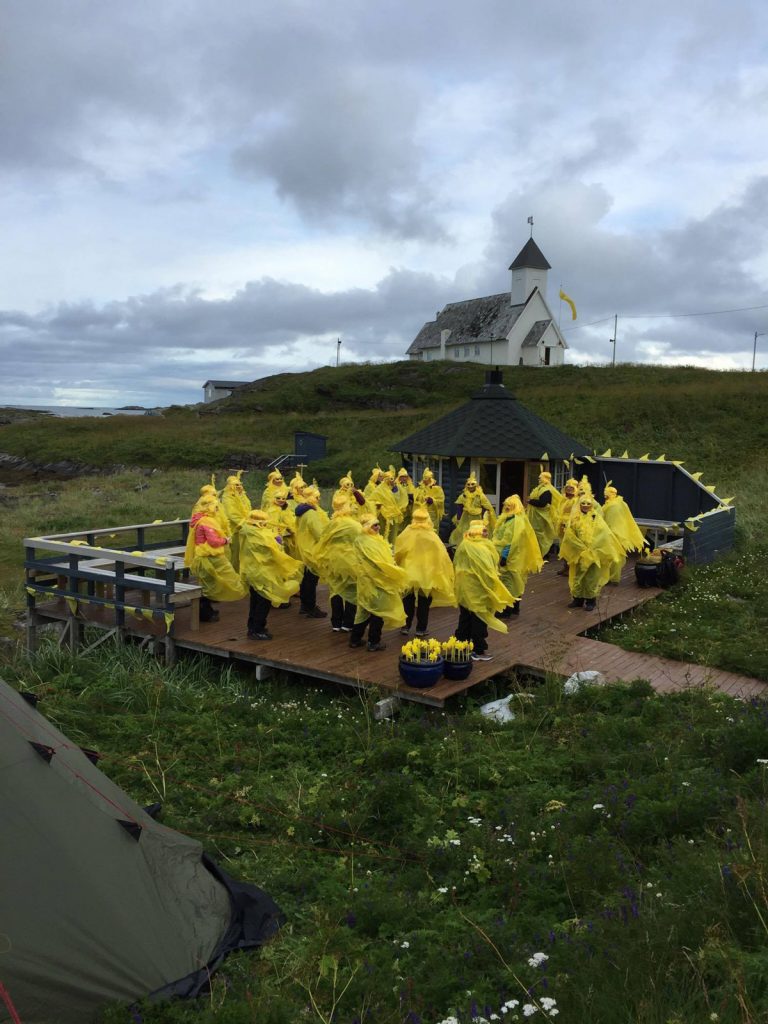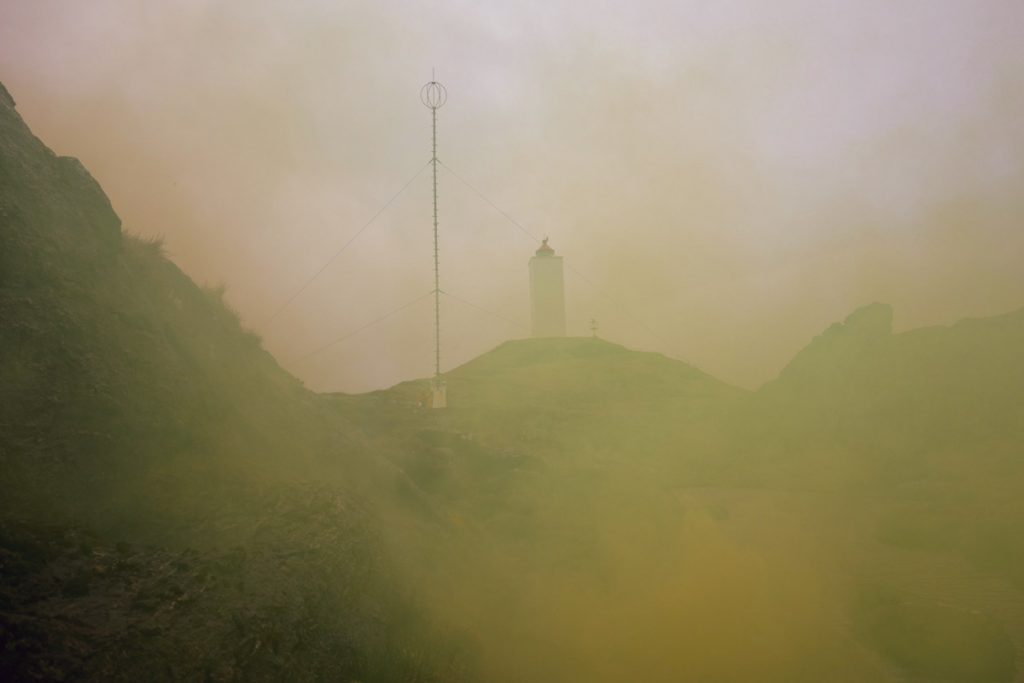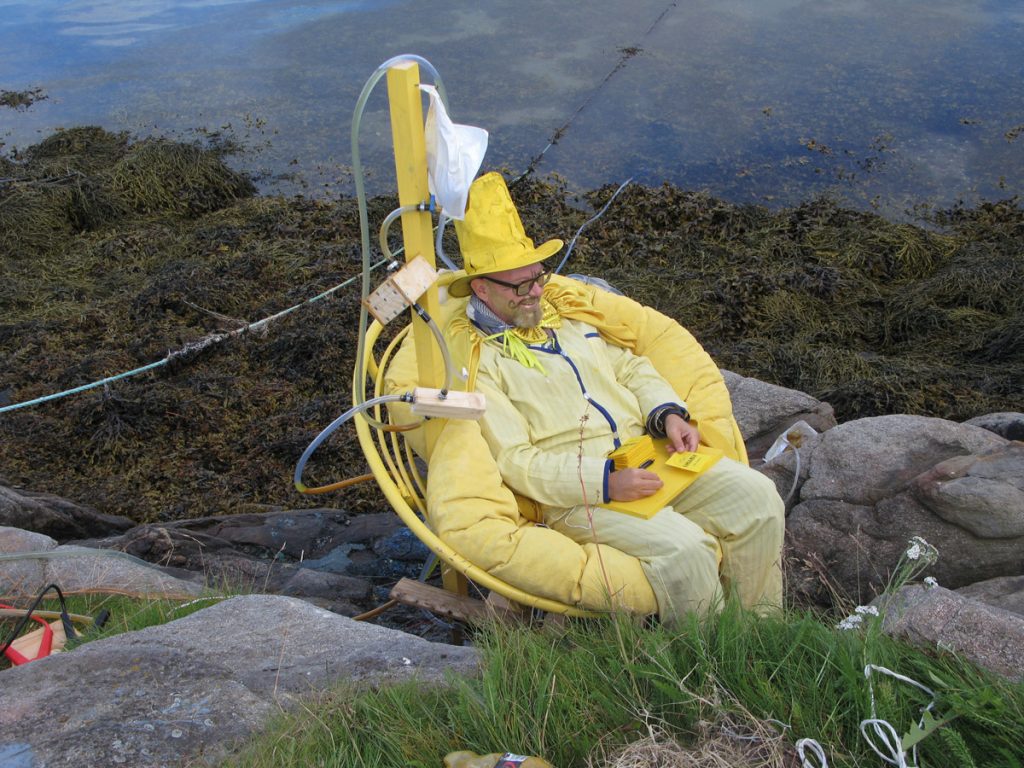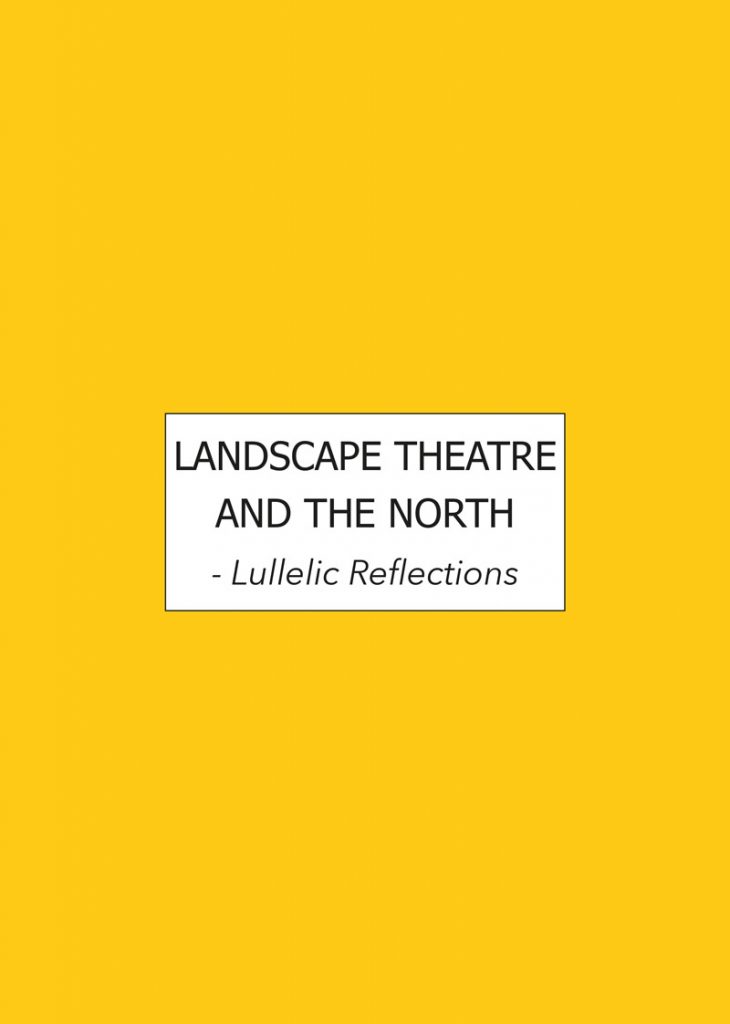A mighty festival on the island of Ingøy in northernmost Norway unites audiences and dancers under Arctic skies. Not far from the Russian border, the theatre is celebrating the landscape. Among us: Hans-Thies Lehmann, the late doyen of post-dramatic theatre. For him, landscape was both the adversary and the centre of theatre. A festive description and a last text by him.
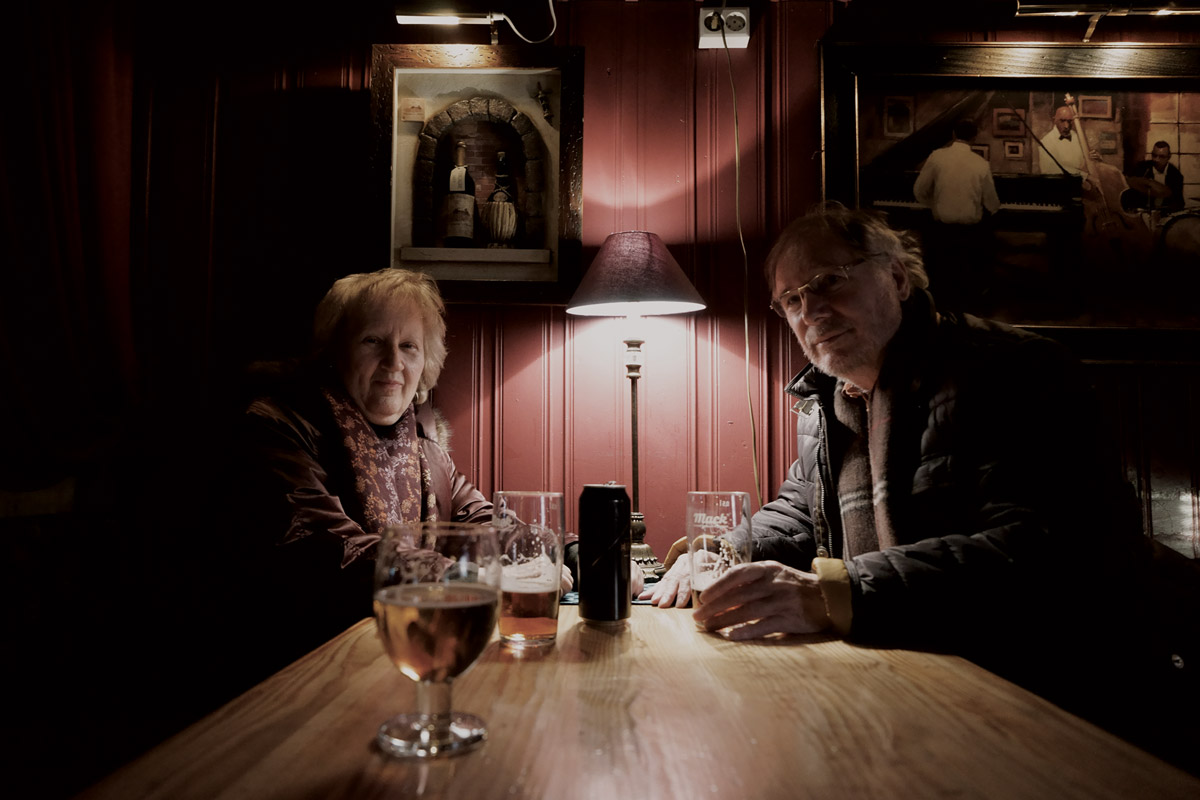
The water, the stones
In the Renaissance theatre moves into the houses. This is obviously a turning point and a deep cesura in the history of theatre. And some may claim, that the loss of the direct, visible connection to its natural environment was a major misfortune which happened to the art of theatre. However, at the Globe and some other places theatre continues to be played in the open air which gives a possibility for weather conditions to become or remain part of the theatre experience
